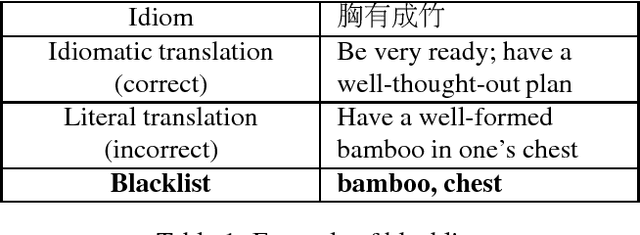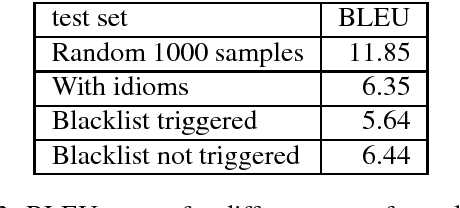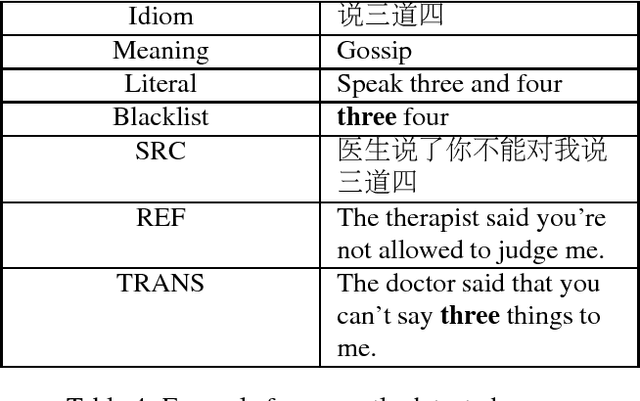Yutong Shao
On Linearizing Structured Data in Encoder-Decoder Language Models: Insights from Text-to-SQL
Apr 03, 2024Abstract:Structured data, prevalent in tables, databases, and knowledge graphs, poses a significant challenge in its representation. With the advent of large language models (LLMs), there has been a shift towards linearization-based methods, which process structured data as sequential token streams, diverging from approaches that explicitly model structure, often as a graph. Crucially, there remains a gap in our understanding of how these linearization-based methods handle structured data, which is inherently non-linear. This work investigates the linear handling of structured data in encoder-decoder language models, specifically T5. Our findings reveal the model's ability to mimic human-designed processes such as schema linking and syntax prediction, indicating a deep, meaningful learning of structure beyond simple token sequencing. We also uncover insights into the model's internal mechanisms, including the ego-centric nature of structure node encodings and the potential for model compression due to modality fusion redundancy. Overall, this work sheds light on the inner workings of linearization-based methods and could potentially provide guidance for future research.
Evaluating Machine Translation Performance on Chinese Idioms with a Blacklist Method
Feb 20, 2018



Abstract:Idiom translation is a challenging problem in machine translation because the meaning of idioms is non-compositional, and a literal (word-by-word) translation is likely to be wrong. In this paper, we focus on evaluating the quality of idiom translation of MT systems. We introduce a new evaluation method based on an idiom-specific blacklist of literal translations, based on the insight that the occurrence of any blacklisted words in the translation output indicates a likely translation error. We introduce a dataset, CIBB (Chinese Idioms Blacklists Bank), and perform an evaluation of a state-of-the-art Chinese-English neural MT system. Our evaluation confirms that a sizable number of idioms in our test set are mistranslated (46.1%), that literal translation error is a common error type, and that our blacklist method is effective at identifying literal translation errors.
 Add to Chrome
Add to Chrome Add to Firefox
Add to Firefox Add to Edge
Add to Edge